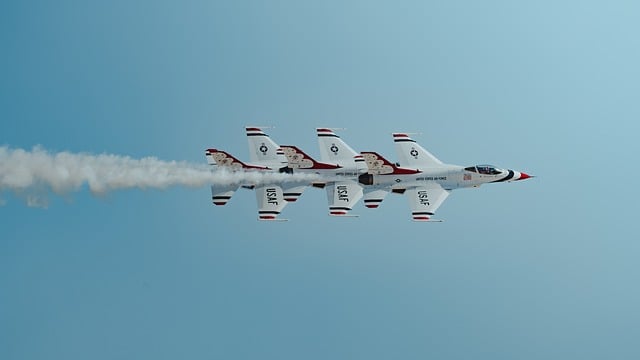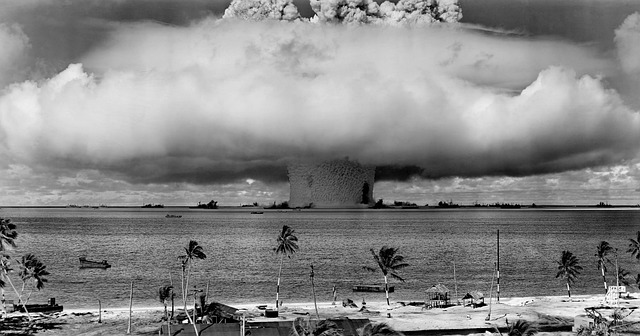
The Thermonuclear Bomb
The thermonuclear bomb, often referred to as a hydrogen bomb, represents one of the most powerful weapons in modern warfare. Its design and function are complex, relying on the principles of nuclear fusion to unleash an explosive force far greater than that of traditional atomic bombs. This article delves into the mechanics, historical context, and implications of thermonuclear weapons.
How Thermonuclear Bombs Work
The fundamental principle behind thermonuclear bombs is the Teller-Ulam design, named after physicists Edward Teller and Stanislaw Ulam. This design allows for a multi-stage explosion, where the energy released from one stage ignites the next. The process can be broken down into two main components:
- Primary Stage: This is essentially an implosion-type fission bomb, similar to those used in the atomic bombs dropped on Hiroshima and Nagasaki. It serves as the trigger for the subsequent fusion reaction.
- Secondary Stage: This section contains fusion fuel, typically isotopes of hydrogen, such as deuterium and tritium. The energy from the primary stage compresses and heats this fuel, initiating nuclear fusion.
In some designs, a third stage can be added, further increasing the bomb's yield. The Soviet Union's AN602, known as the "Tsar Bomba," is a notable example, achieving a yield of 50 megatons.
Historical Context
The development of thermonuclear weapons began in the early 1950s, during the Cold War, as nations sought to enhance their military capabilities. The United States successfully tested its first thermonuclear bomb in 1952, followed by the Soviet Union in 1955. These advancements marked a significant escalation in the arms race, leading to a new era of nuclear strategy.
Today, thermonuclear weapons are primarily held by the five recognized nuclear states: the United States, Russia, China, France, and the United Kingdom. Most of the nuclear arsenals of these countries rely on the Teller-Ulam design, making it the standard for yields exceeding 50 kilotons of TNT.
Implications of Thermonuclear Weapons
The existence of thermonuclear bombs raises serious concerns regarding global security and the potential for catastrophic conflict. The immense destructive power of these weapons means that their use could lead to unprecedented loss of life and environmental devastation.
Furthermore, the concept of deterrence plays a crucial role in international relations. Countries with thermonuclear capabilities often rely on the threat of retaliation to prevent attacks, creating a delicate balance of power. However, this balance is precarious, as miscalculations or accidental launches could have dire consequences.
Conclusion
Thermonuclear bombs represent a significant advancement in military technology, characterized by their complex design and immense destructive potential. Understanding their mechanics and historical context is essential for grasping the broader implications of nuclear weapons in today's geopolitical landscape. As nations continue to navigate the challenges posed by these weapons, the importance of arms control and diplomatic efforts cannot be overstated.

















 Expository Preaching
Expository Preaching 
 Health
Health  Fitness
Fitness  Lifestyle
Lifestyle  Tech
Tech  Travel
Travel  Food
Food  Education
Education  Parenting
Parenting  Career & Work
Career & Work  Hobbies
Hobbies  Wellness
Wellness  Beauty
Beauty  Cars
Cars  Art
Art  Science
Science  Culture
Culture  Books
Books  Music
Music  Movies
Movies  Gaming
Gaming  Sports
Sports  Nature
Nature  Home & Garden
Home & Garden  Business & Finance
Business & Finance  Relationships
Relationships  Pets
Pets  Shopping
Shopping  Mindset & Inspiration
Mindset & Inspiration  Environment
Environment  Gadgets
Gadgets  Politics
Politics 